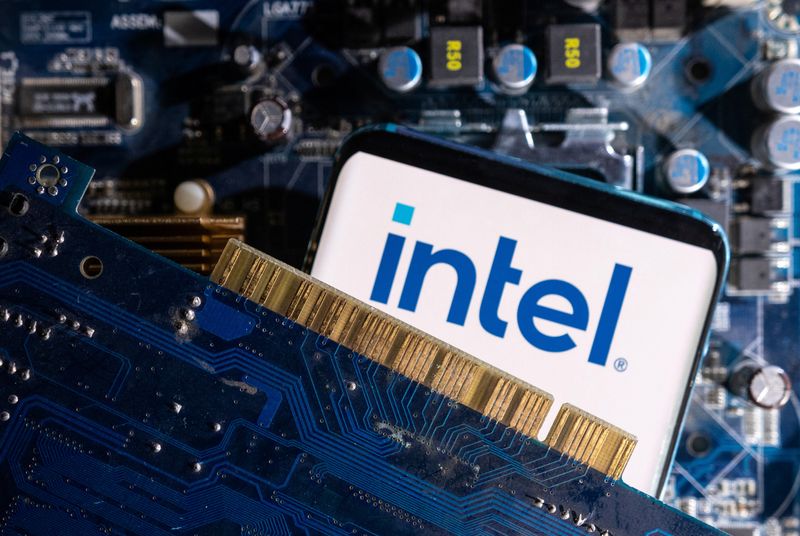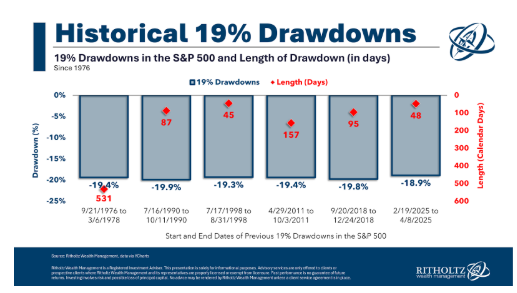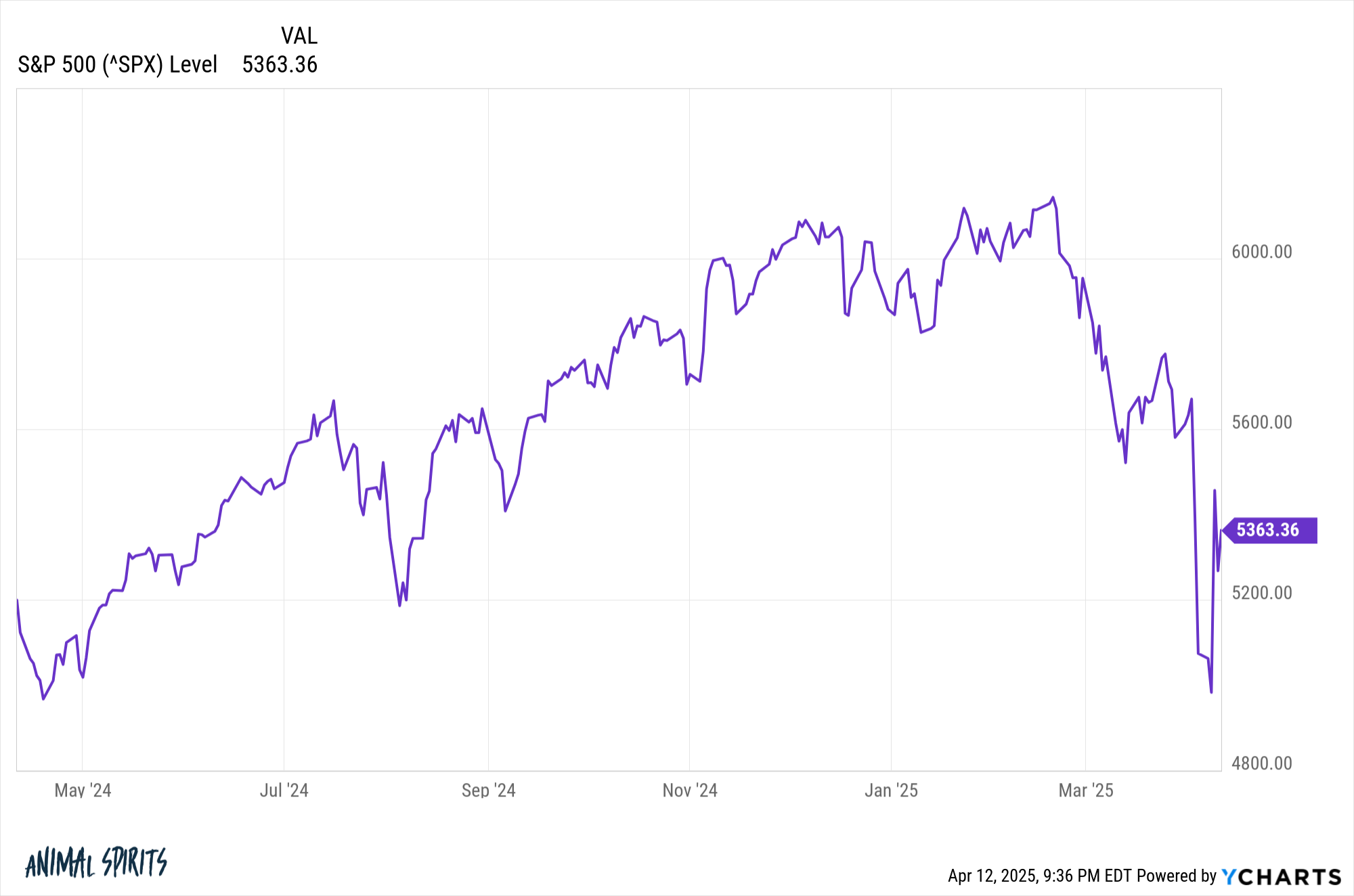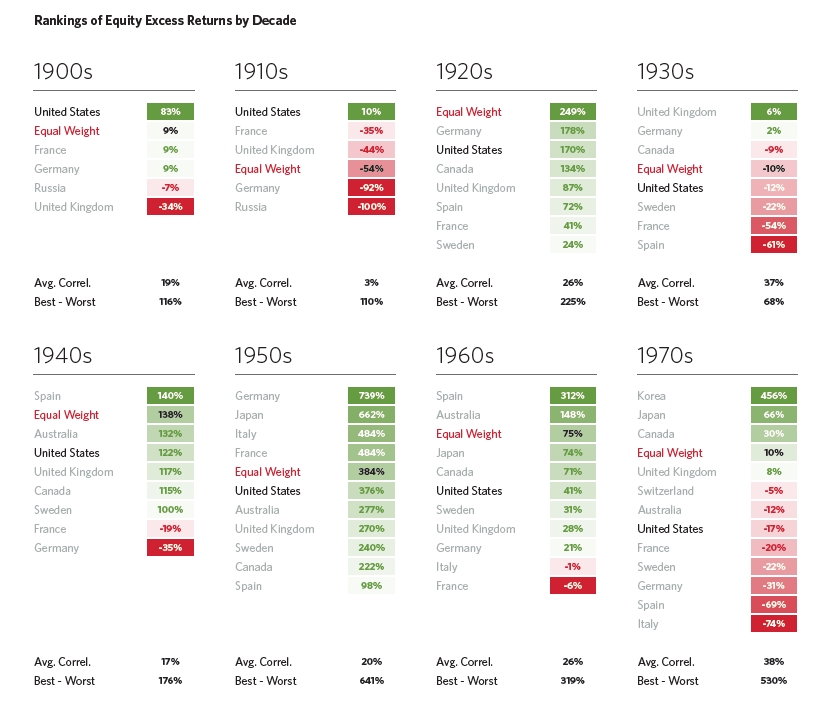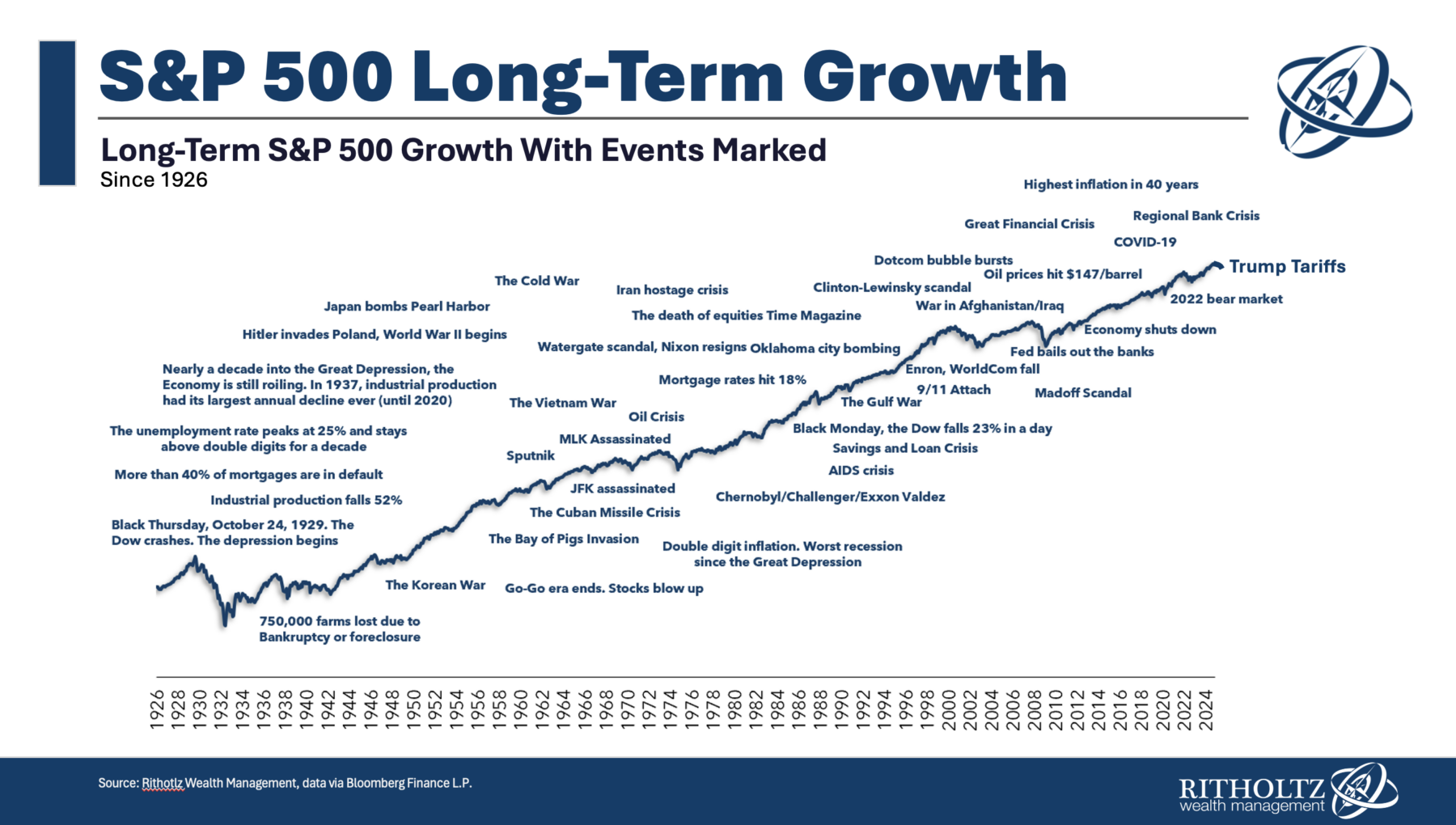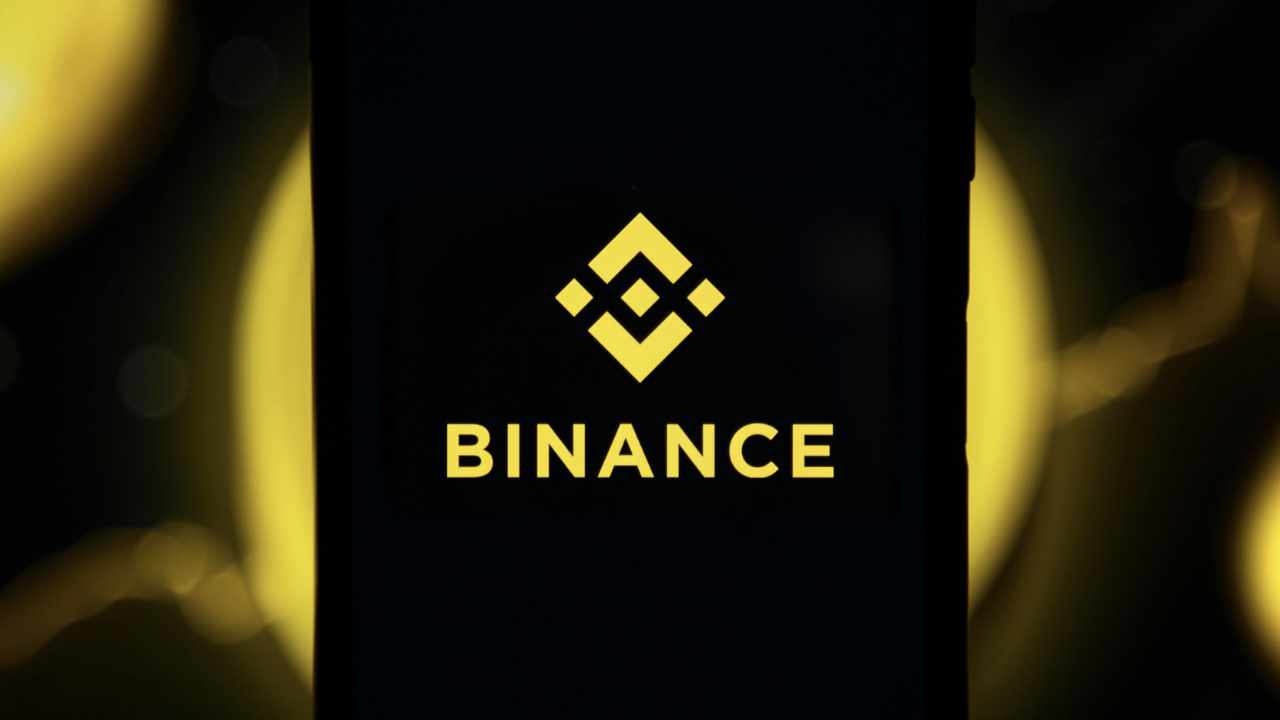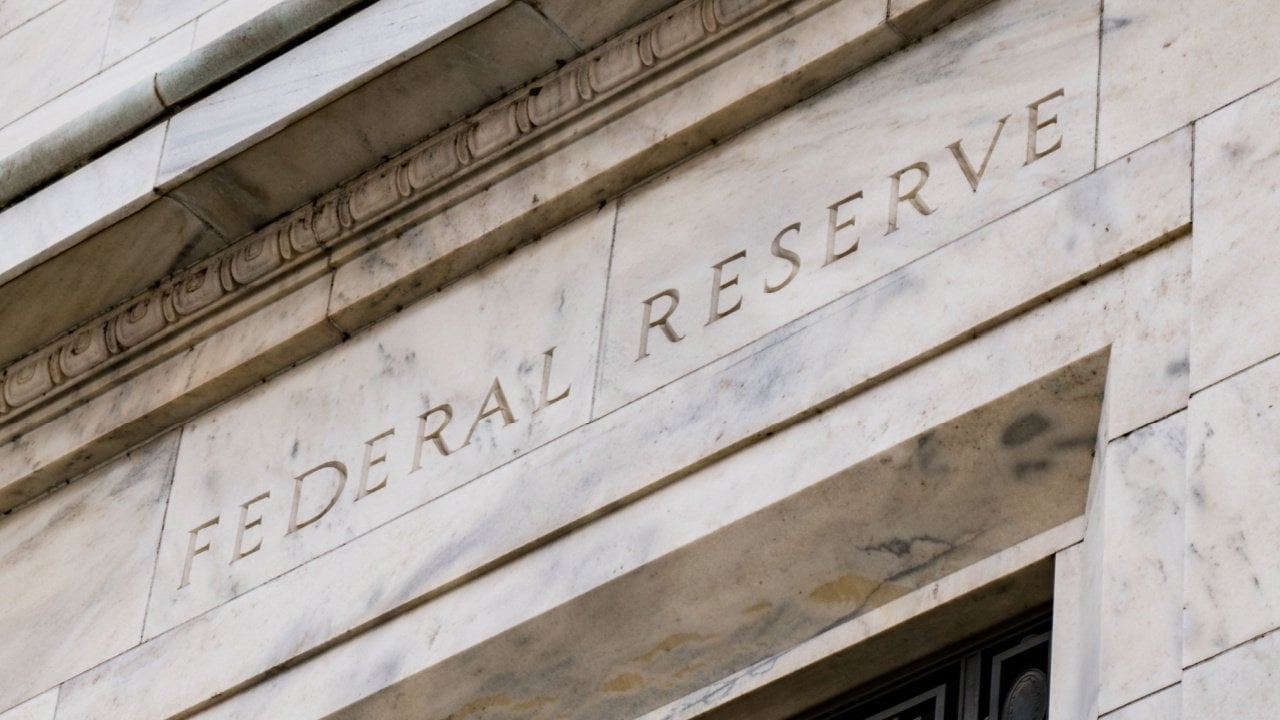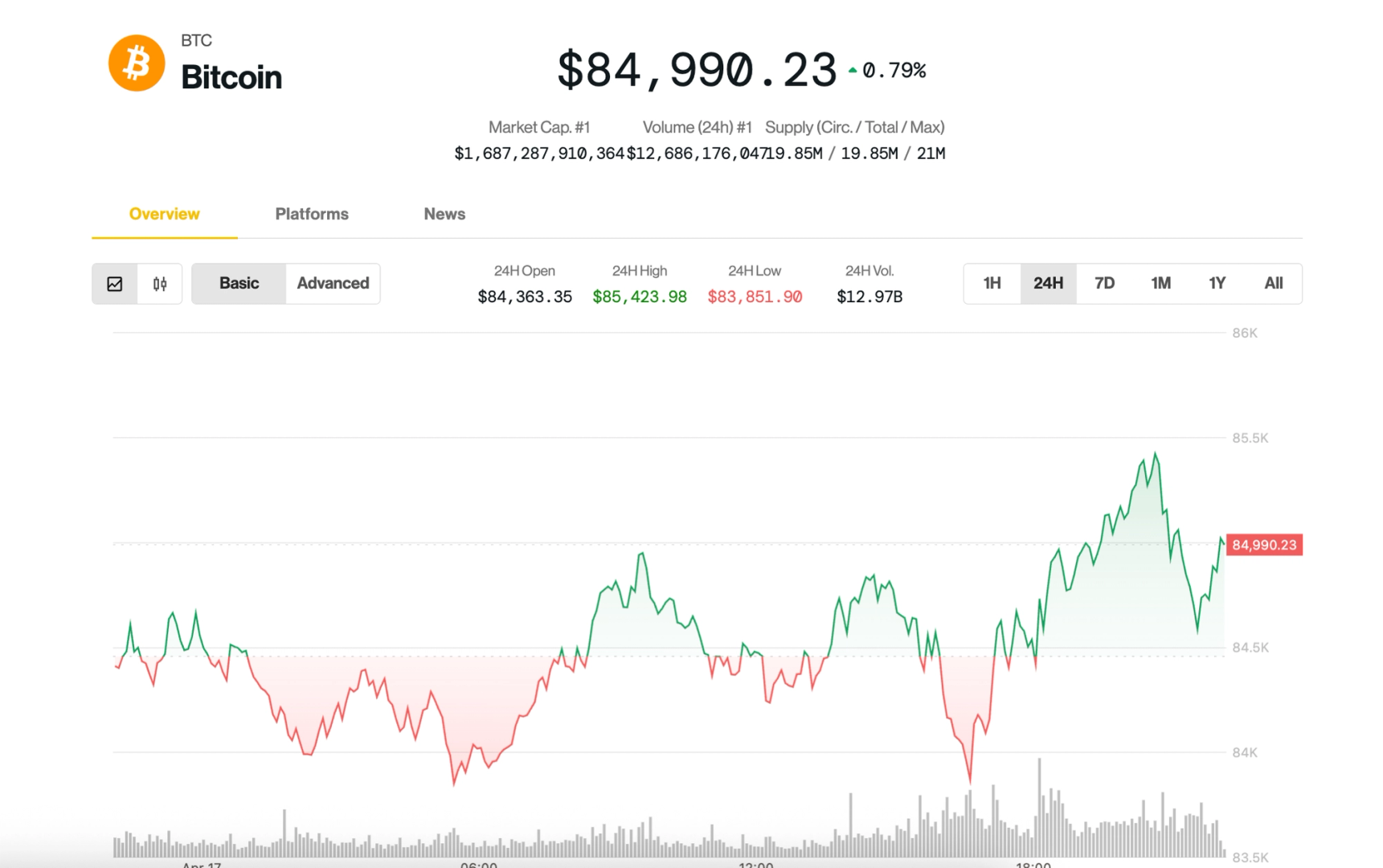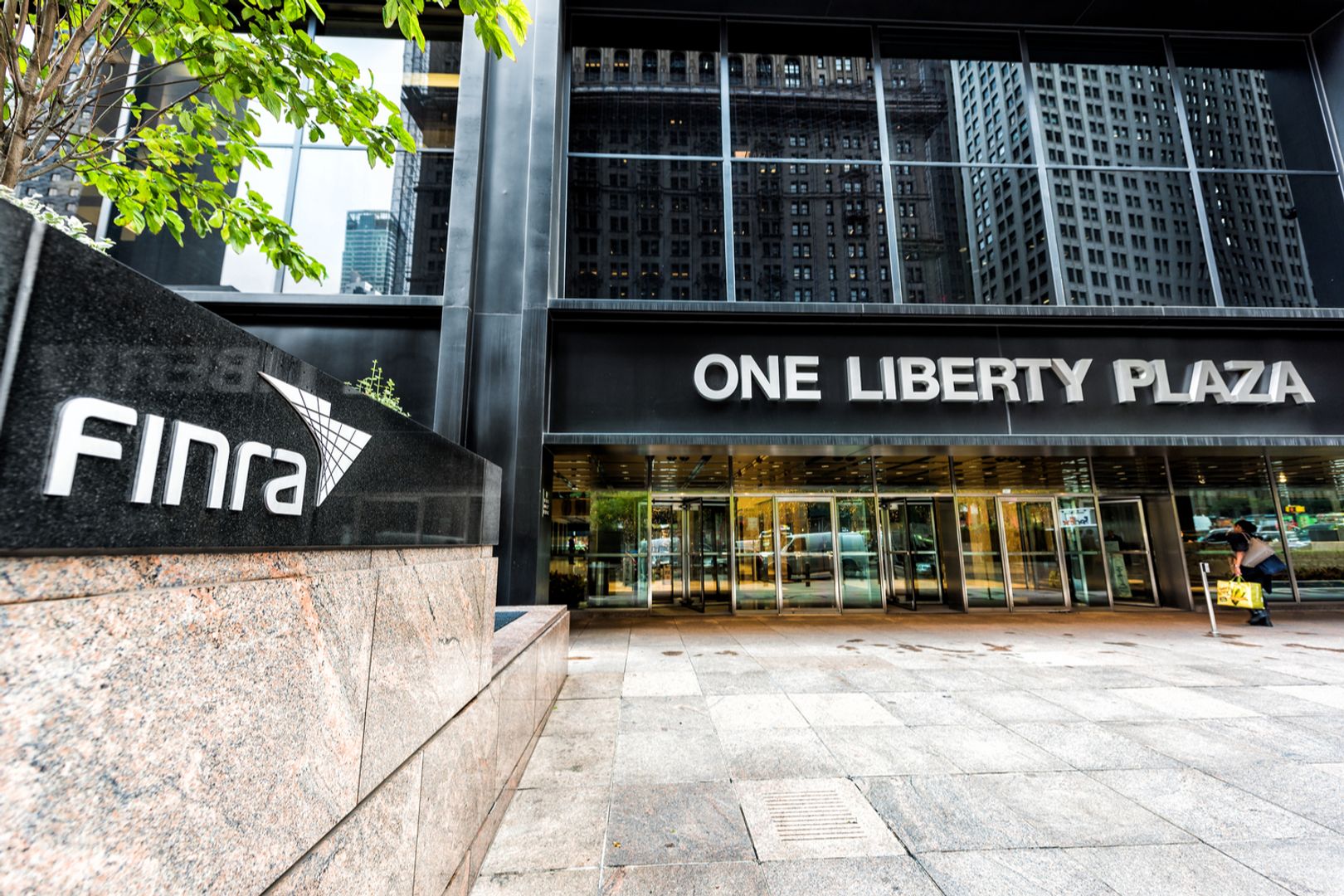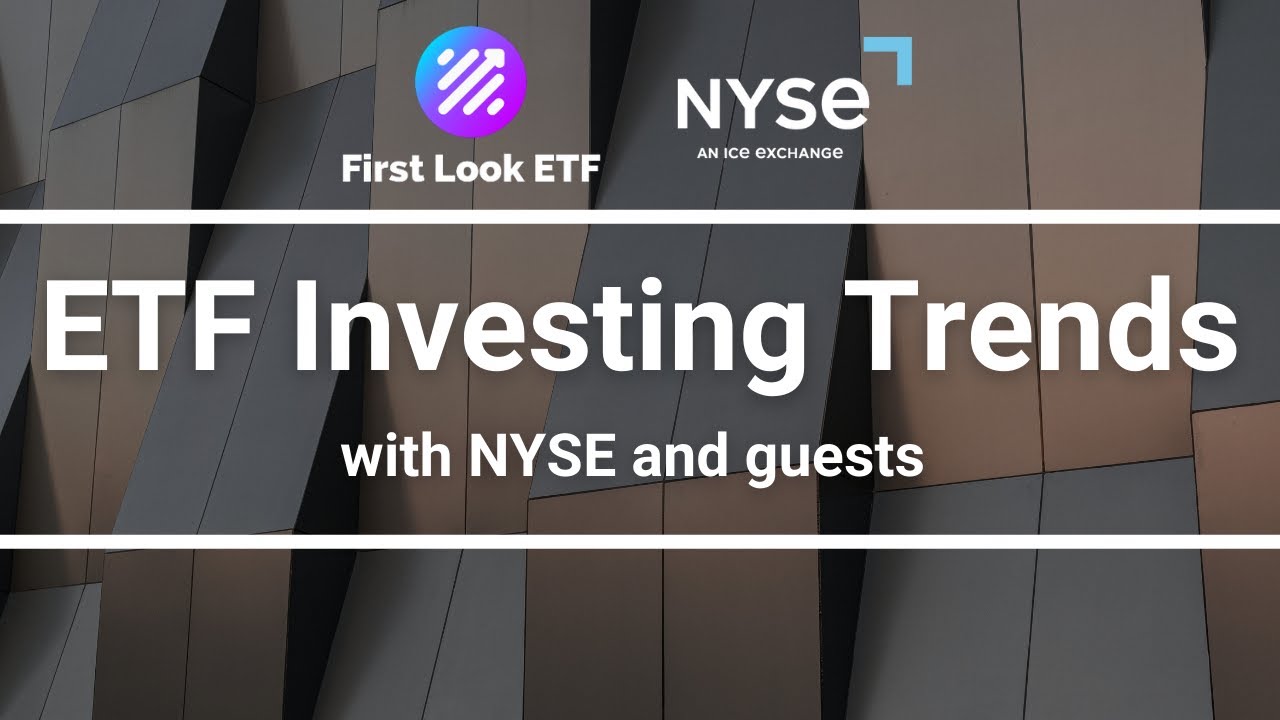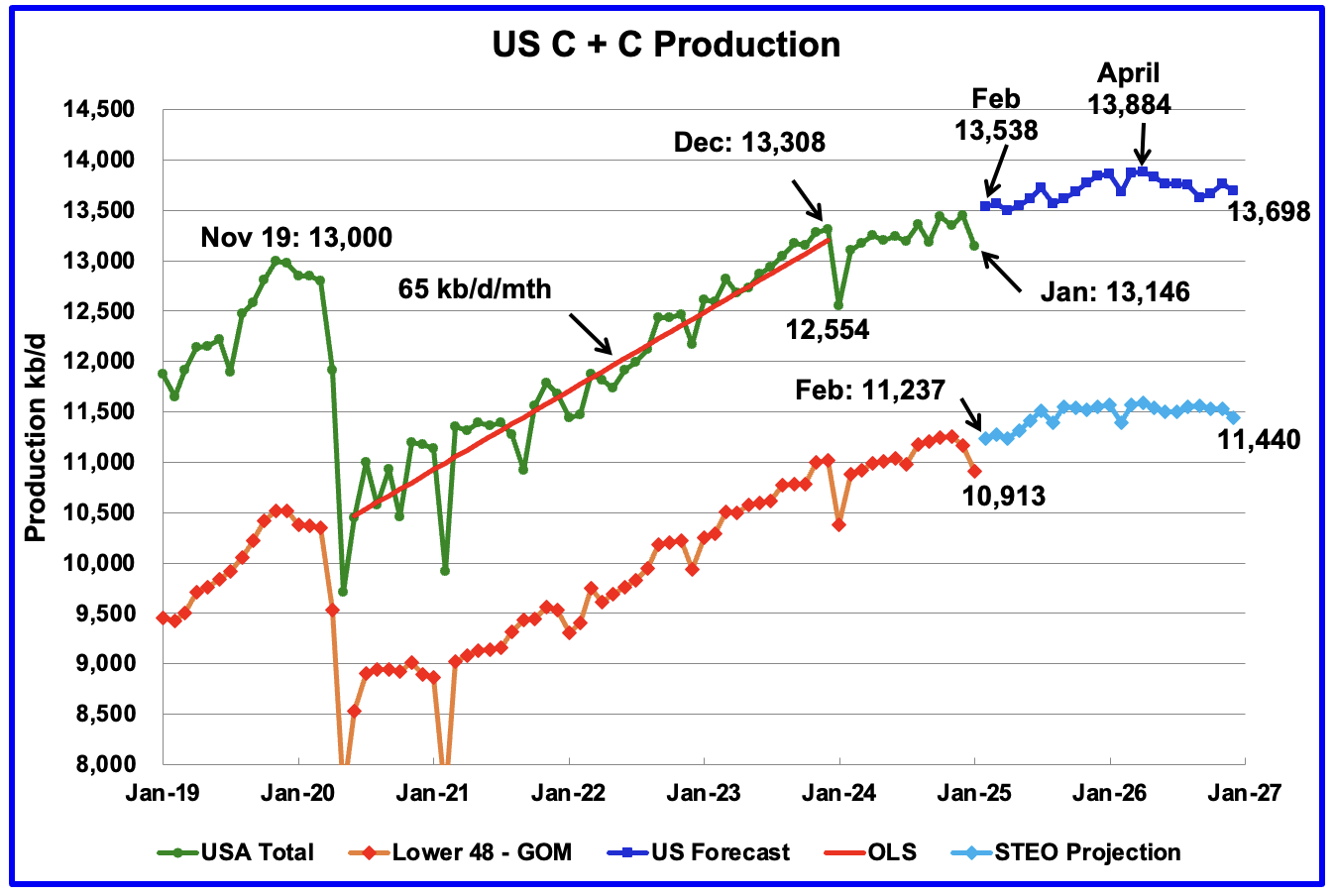Stablecoin Revolution: Challenging Risk-Free Rates With On-Chain Money Markets
DeFi’s base rate for lending stablecoins is a structural shift that challenges traditional finance by demonstrating the sustainability of high-yield, low-risk on-chain money markets, says Index Coop’s Crews Enochs.

In traditional finance, the "risk-free rate,” the interest rate an investor can expect to earn on an investment that carries zero risk, serves as a fundamental benchmark for all investment decisions. Today, DeFi has quietly established its own equivalent: the base rate for lending stablecoins. Through battle-tested protocols like Morpho and Aave, lenders can now access double-digit yields that substantially outperform traditional fixed-income instruments, all while maintaining remarkable transparency and efficiency.
The emergence of this new base rate isn’t just a passing trend — it’s a structural shift that challenges traditional finance by demonstrating the market-driven sustainability of high-yield, low-risk on-chain money markets. At times, yields on major platforms like Morpho have reached 12-15% APY for USDC lending, significantly outpacing the 4-5% offered by U.S. Treasuries. This premium exists not from excess risk-taking or complex financial engineering, but from genuine market demand for stablecoin borrowing. You're reading Crypto Long & Short, our weekly newsletter featuring insights, news and analysis for the professional investor. Sign up here to get it in your inbox every Wednesday.
Market dynamics driving yields
The rise of high-yield farming strategies, especially those involving Ethena’s synthetic dollar (sUSDe) product, has been a key driver behind elevated stablecoin lending rates. Over the past year, Ethena’s USDe and staked USDe (sUSDe) have delivered yields in the 20-30% APY range, fueling substantial demand for stablecoin borrowing. This demand comes from leveraged traders aiming to capture the spread created by these high yields.
What sets Ethena apart is its ability to capture funding fees traditionally claimed by centralized exchanges. By offering sUSDe, Ethena allows DeFi participants to tap into profits generated from traders paying high funding rates to go long on major assets like ETH, BTC and SOL. This process democratizes access to these profits, enabling DeFi participants to benefit simply by holding sUSDe.
The increasing demand for sUSDe drives more capital into the stablecoin economy, which, in turn, raises the base yield rates on platforms like Aave and Morpho. This dynamic not only benefits lenders but also strengthens the broader DeFi ecosystem by increasing yield and liquidity in the stablecoin lending market.
Risk-adjusted returns in perspective
While double-digit yields might raise eyebrows, the risk profile of these lending opportunities has matured significantly. Leading money market protocols have demonstrated resilience through multiple market cycles, with robust liquidation mechanisms and time-tested smart contracts. The primary risks — smart contract vulnerability and stablecoin depegging — are well understood and can be managed through portfolio diversification across protocols and stablecoin types.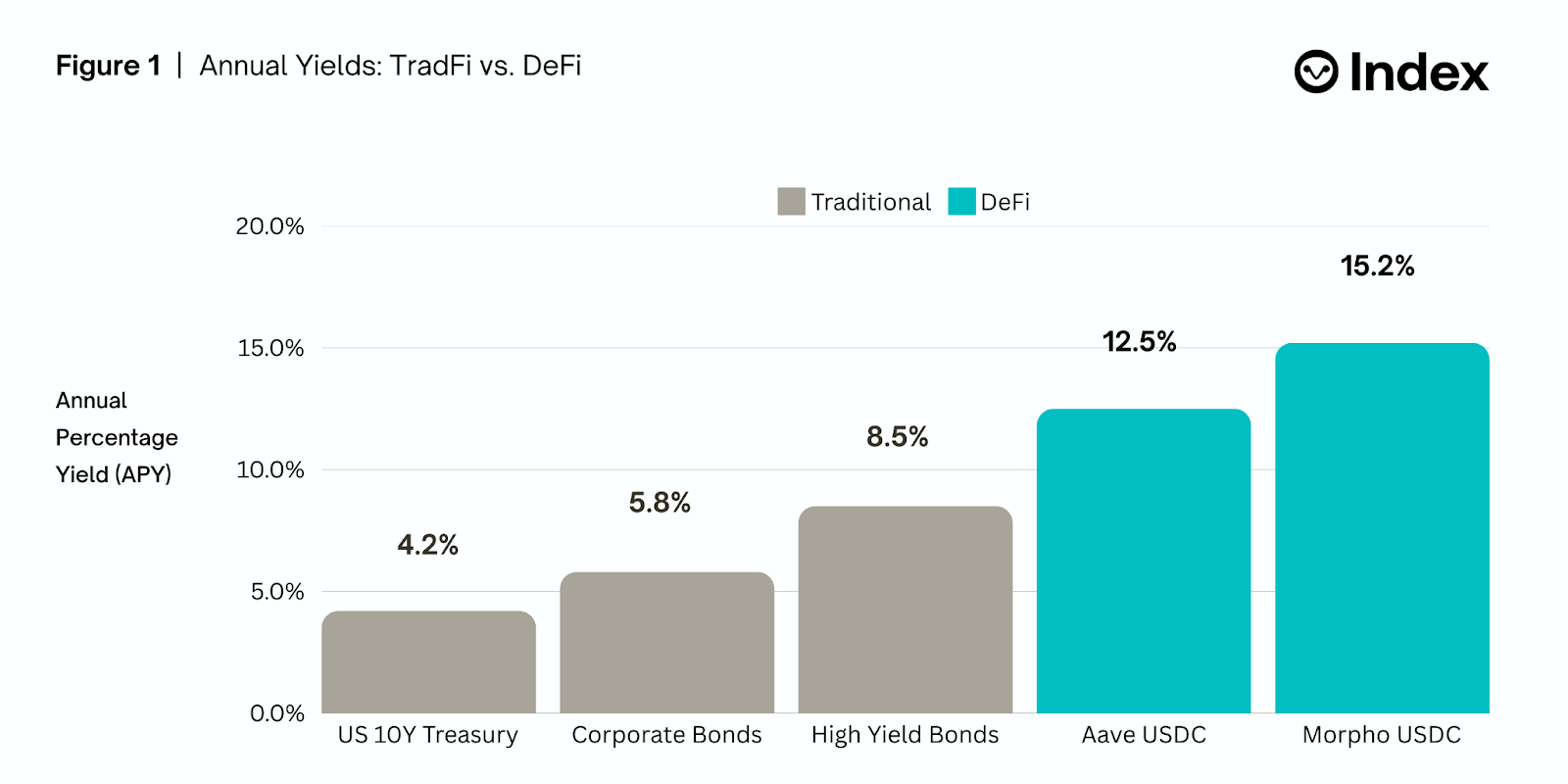
Annual Yield Comparison - Traditional Fixed Income vs. DeFi Lending Returns
30-day average as of February 1, 2025
Source: Traditional markets data from Bloomberg Terminal, DeFi markets data from vaults.fyi
Implications for traditional finance
For wealth managers and financial advisors, these developments present both an opportunity and a challenge. The ability to access stable, transparent yields that significantly outperform traditional fixed-income products demands attention. As the infrastructure for institutional participation in DeFi continues to improve, these yields may become increasingly relevant for income-focused portfolios. While yields are highly responsive to market cycles, especially funding rate dynamics, fluctuations are still common. However, the efficiency and transparency of on-chain money markets suggest that meaningful yield premiums over traditional alternatives could be sustainable in the long term.
As DeFi infrastructure matures, these on-chain money markets may not only serve as a viable alternative to fixed-income products — they could become the new standard for transparent, risk-adjusted yields in the digital economy, leaving traditional finance to play catch-up.













































